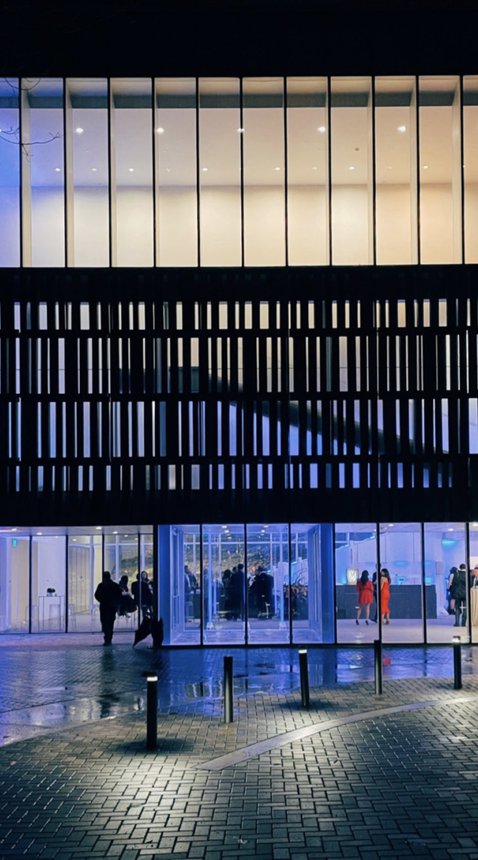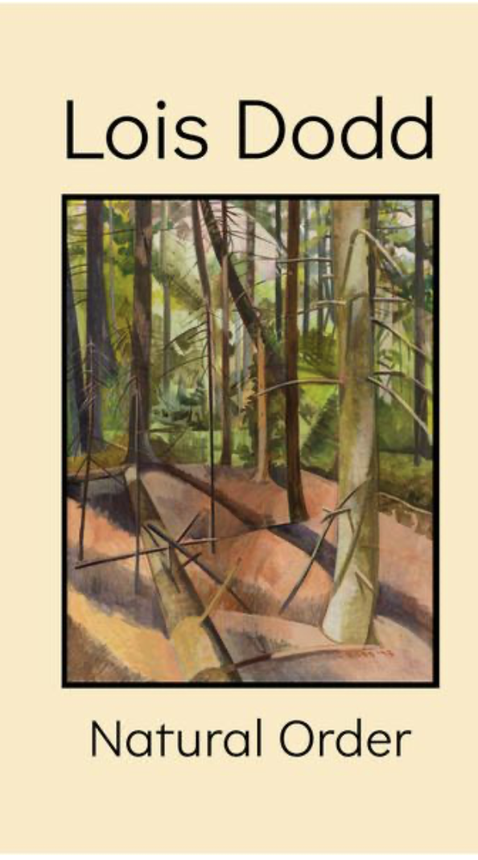
The William L. Richter Collection
April 2, 2023–August 3, 2025, The William L. Richter Gallery
This installation celebrates the extraordinary collection of Greenwich resident William L. Richter.
This installation celebrates the extraordinary collection of Greenwich resident William L. Richter. Featuring a selection of predominantly French art from the nineteenth and early twentieth centuries, it traces social connections and lineages among a core group of artists, from Jean-Baptiste-Camille Corot, Camille Pissarro, and Pierre-Auguste Renoir to Georges Braque and Henri Matisse. This spirit of artistic exchange between mentors and mentees, collaborators and rivals is vividly expressed throughout the works on view.
Among the highlights is Matisse’s Marguerite a une toque de fourrure (Marguerite in a Fur Hat), painted just after the artist settled in Nice in December 1917. This move from Paris to the South of France marked a major shift in his art, from the Fauvist abstractions of the previous decade to more intimate, realistic depictions of his subjects. Matisse’s portrait of his daughter Marguerite—one of his most frequent models—exemplifies this stylistic transformation. The bold application of black in Marguerite’s stylish coat, fur hat, and ribbon is distinctive in this period, as is Matisse’s tendency to juxtapose the dark pigment with luminous washes of purple and green. Renoir, who lived in the nearby town of Cagnes-sur-Mer, said of Matisse’s mastery of black in 1918, “All my life, I thought that one couldn’t use it without breaking the chromatic unity of the surface…As for you, using a colored vocabulary, you introduce black and it holds.” While of different artistic generations, the two men often spent time together, and Renoir’s Impressionist influence likely contributed to the spontaneous and intensely chromatic quality of Matisse’s canvases in the early Nice years.
Elsewhere in this gallery, artworks by Gustave Caillebotte, Henri-Edmond Cross, Paul Cézanne, John Singer Sargent, Paul Klee, and Henri Rousseau represent an array of styles and subjects. Spanning the years between 1833 and 1957, the works on view exemplify the brilliant color and exuberant brushwork of the Impressionists and Post-Impressionists as well as the enigmatic symbolism of the Surrealists. Displayed in thematic groupings that include landscapes, the human figure, and pure abstraction, these works illuminate shared pictorial approaches and broader spheres of influence across the modernist era.


